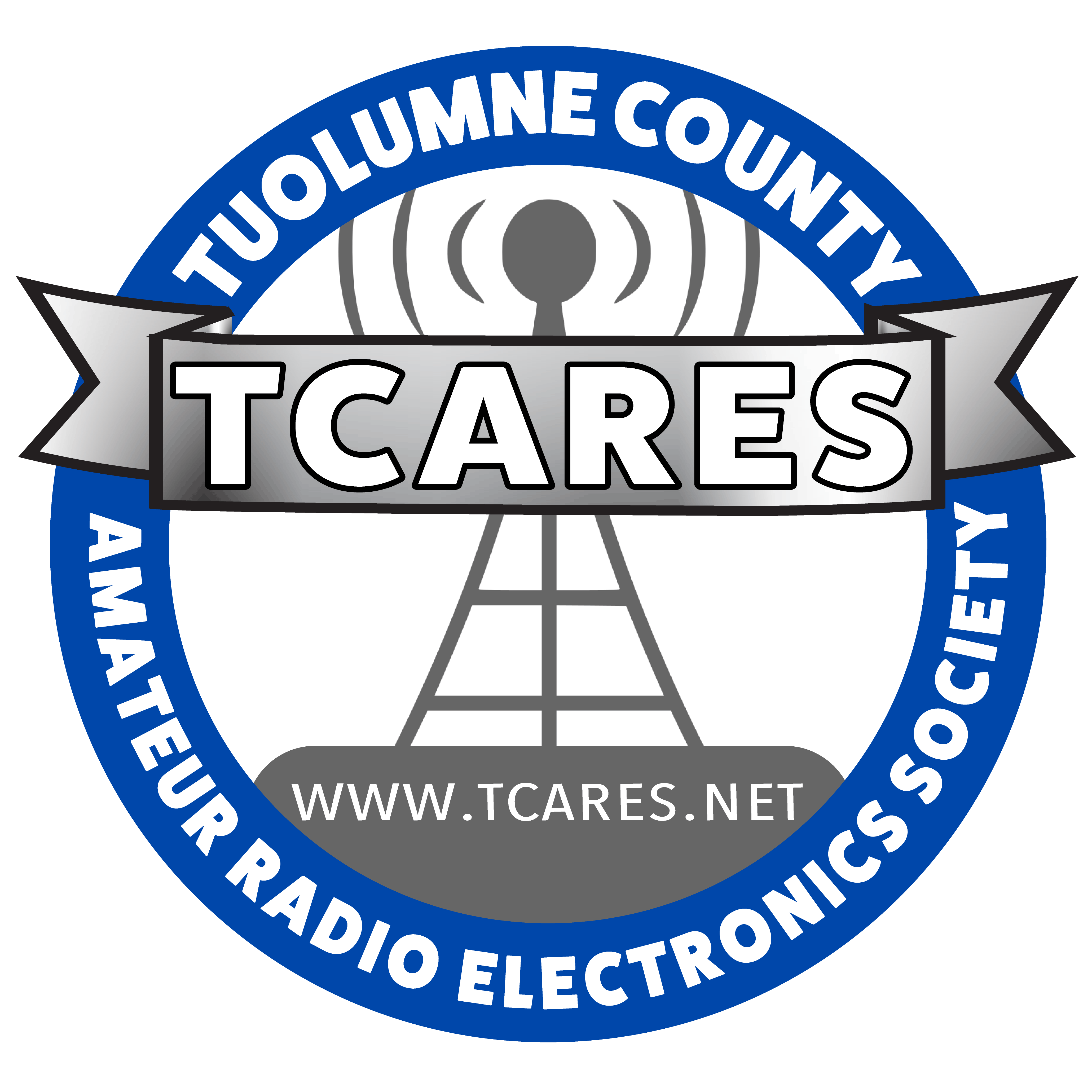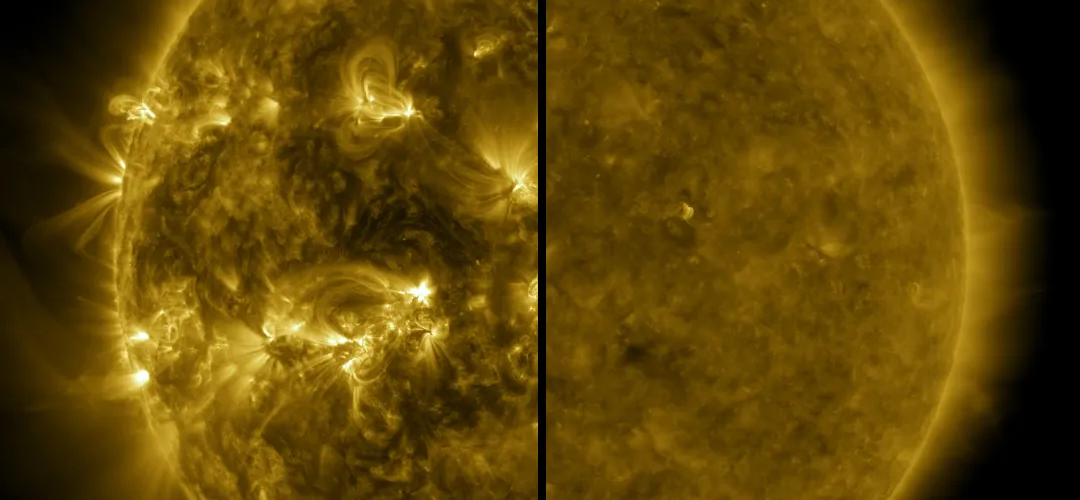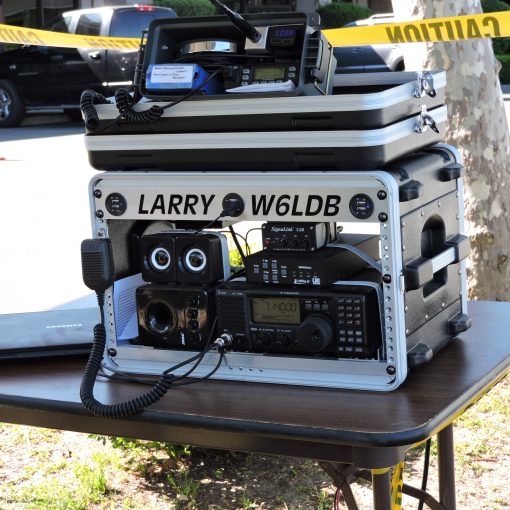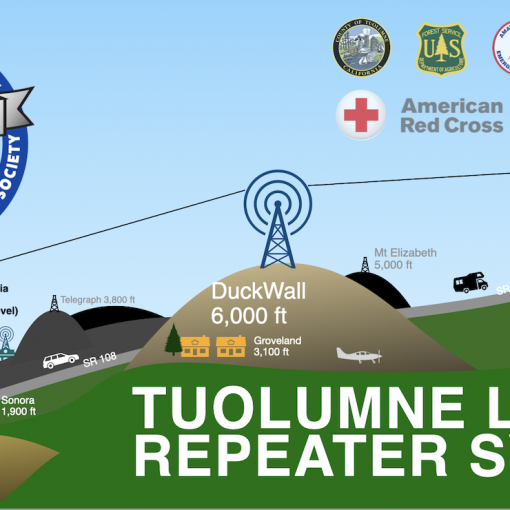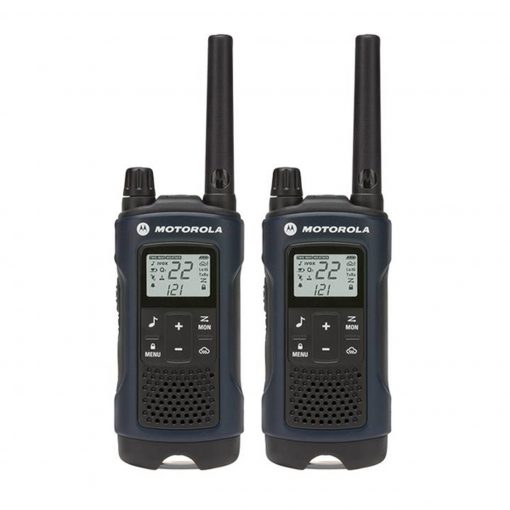By David McNeil
W6PHO
We are now entering the “Solar Maximum” part of Solar Cycle 25, which could mean four years of excellent conditions for DXing. Maximum solar activity increases ionization in the “F” region of the ionosphere (150-250 miles up) which facilitates daytime 20 to10-meter propagation and nighttime 40 through 10-meter propagation.
If you’re wondering when to look for DX, the SN (Sunspot Number) may help. While the SN is the result of observation and calculation with some tricky statistics thrown in (for a “smoothed” number), it is often a good indicator of conditions for DXing. The highest SN count in 20 years was this past June, at a level of 163.4, but higher values are predicted for late 2023 and early 2024.
Another indicator is the SFI or Solar Flux Index. This is strongly correlated to the degree of ionization of the F2 region.
Finally, the K-index quantifies disturbances in the earth’s magnetic field that cause, for us, background radio noise. When this index is 2 or less — and the SFI has been at 150 or more for a few days (to “charge” the F2, DX should be great!
A K-index over 3 can mean high absorption, i.e. poor reflection of radio waves, and a K of 5 to 9 means a geomagnetic storm is probably going to cause interference. The A-index, a summary of world K-index readings, also relates to geomagnetic stability, and low (1-6) numbers are best, 11 up worst). The Boulder K index, updated every three hours on WWV, is probably the most accurate one to use at our latitude.
Current solar data (SN, SFI, K, A, etc.) are readily found at QRZ.com, and a full page of current information is at the K7RA solar update. The ncdxc.org/propagation/ page also has alert messages about strong space weather (solar storms) that may lead to radio blackouts. Finally, spaceweather.com is an interesting resource. For activity on the sun and what it means for us, check out Dr. Tamitha Skov’s podcast (spaceweatherwoman.com).
Space weather charts will indicate which bands are good, poor, or closed for DX contacts. You can also figure this out by listening for beacons, digital signals, and WWV stations. You can generally tell from others’ spots (see below) if the band is open for us. You can also learn, e.g. from spaceweather.com, about CMEs and flares that can shut down the bands. For more information and links go to arrl.org/propagation-of-rf-signals.
How about where to look?
If you want help finding DX, try a spotting service. I like to use DXSummit.fi, which will give you VOACAP propagation predictions when you put in your location (e.g. CM98tb for Columbia). It will also show where you and the desired station are on the map AND in relation to that magic “gray line” when there may be an especially strong connection with that DX station. Note that this will apply to any station in the same geographic area.
So how do I find DX?
Be sure to look for DXpeditions, especially in the Pacific region that’s relatively easy for Californians to reach, especially in the late afternoon or evening.
A fuller list — going into 2024 — can be found at ng3k.com; thanks to Pat, WA6SCW, for this. The ARRL puts out a weekly DX bulletin. Information on propagation was inspired by George, N6GEO’s, recent “3rd Tuesday TCARES Tech Net” (@ 7:30 pm). Errors and confusions are of course my own!
How do I work DX?
DX-pedition stations are much sought after, and there will be pileups of US stations calling them. Finding the pileups can be a shortcut to finding DX, but be sure not to tune up on a calling frequency or, worse, on top of the DX station! DXing often requires operating “split,” with you calling up a kHz or more. The DX station will specify “up.”
Use your operating skills to figure out what frequency the DX is listening on! Another place to find DX (and pileups) is in contests. A couple of these that are useful for grabbing DX and coming up in the next few months are the CQ Worldwide DX Contest (SSB Oct. 28-29 and CW Nov. 25-26). A full contest list is found at WA7BNM’s page (times/dates in UTC).
You can also find DX from a spotting site, by hearing a CQ, or calling CQDX yourself. These are the most satisfying contacts and may involve more conversation than the minimum signal report required for a confirmed contact!
There are 340 DX entities currently on the official list, and 64 that have been withdrawn, mainly for political reasons. Most are familiar countries (e.g. UN member states), some are remote territories, or some uninhabited reefs or islands. You learn a lot of geography while DXing!
By the time of the next Newsletter the solar maximum should be close to its peak. Please send reports of your ATNOs (all time new ones) and what you’ve observed of the bands and times that are especially good for DX, so I can share them with the club in the next Newsletter.
Get out those world maps and start marking places you’ve contacted! Please write to dmcneil36@gmail.com with your comments, questions, and reports of your DX successes for inclusion in a future column.
